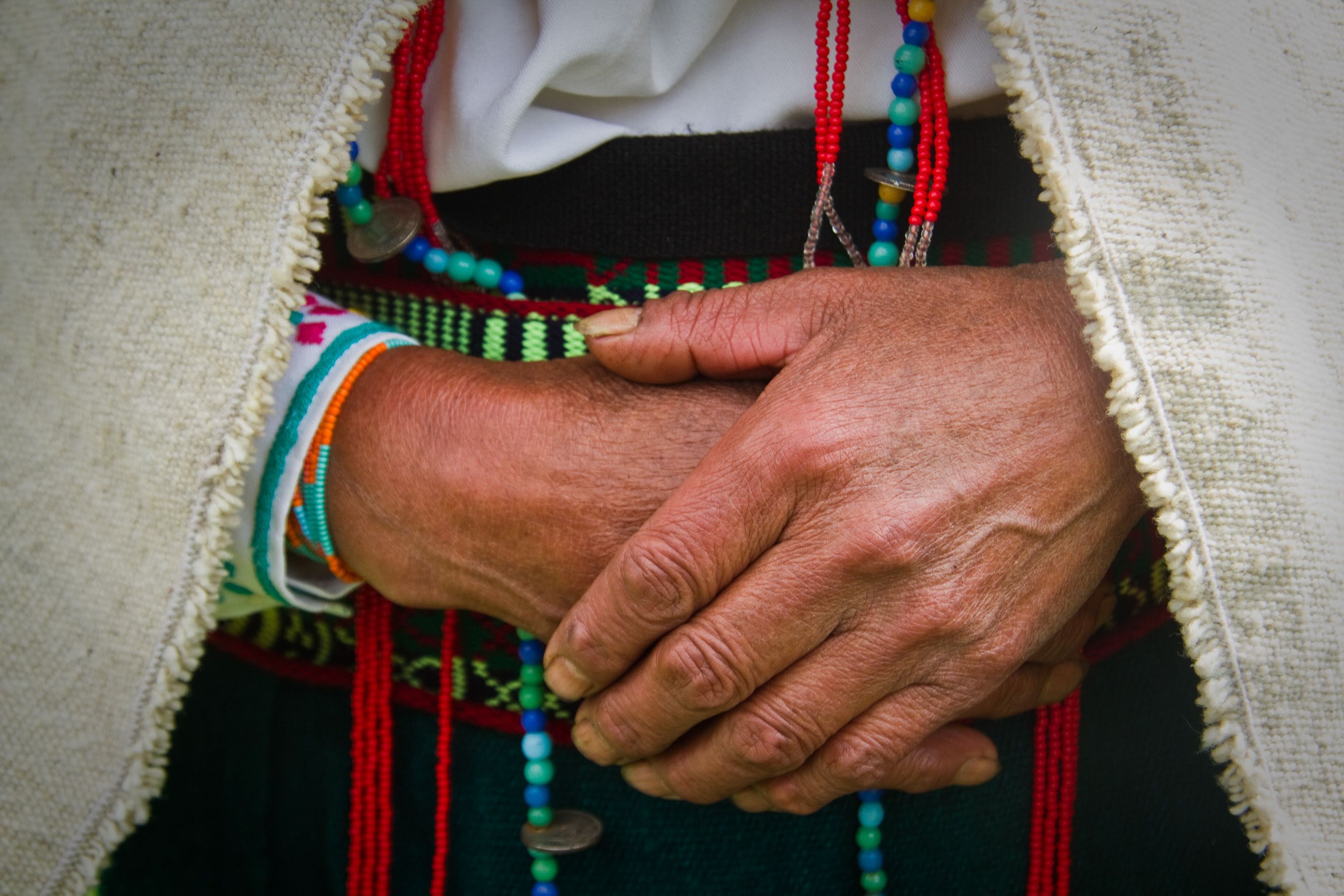Key Takeaways
- Native and Indigenous communities continue to face challenges in accessing medical care, particularly in dermatologic health care.
- Indigenous communities, especially in Canada, experience a high prevalence of common skin conditions like atopic dermatitis, impetigo, and psoriasis. Environmental factors, including clean water concerns and poverty, exacerbate these conditions.
- Skin cancer prevention efforts are insufficient among Native and Indigenous individuals. Limited access to dermatologic care and telehealth programs further compounds these issues, particularly in rural areas.
Access to medical care has been a persistent challenge for individuals within the Native and Indigenous communities, and this issue persists when it pertains to dermatological healthcare for this patient demographic. “Despite increasing evidence of health status inequities affecting Indigenous populations, health services often fail to address health and social inequities as routine aspects of health care delivery,” according to authors of a 2016 ethnographic study.1
Globally health and well-being of the Indigenous community falls significantly behind that of the general population, with life expectancy projected to be dramatically shorter than average.1 These challenges are compounded by discriminatory and stigmatizing experiences faced by Native and Indigenous individuals worldwide.
“Research confirms that Indigenous peoples experience individual and systemic discrimination when seeking health care, despite efforts within the health care sector to promote cultural sensitivity and cultural safety,” according to Browne et al.1 “Health services, however, are not typically designed to take into account the experiences of Indigenous peoples. For example, despite extensive evidence linking trauma and violence to multiple health problems, including chronic pain, depression, anxiety and substance use, these dynamics are rarely considered in the design and delivery of health care for Indigenous peoples.”
Common Cutaneous Diseases
In Canada in particular, it is estimated that the one-year prevalence of atopic dermatitis (AD) in children living on a First Nations reserve could reach upwards of 16.5%. Most cases are classified as moderate to severe in nature.2
Additionally, research suggests that other common cutaneous conditions among members of the Indigenous communities include impetigo, skin infections, diabetic skin complications and ulcers, infestations, pediculosis capitis, psoriasis, and scabies, all of which are seen in significantly high rates, with some patients experiencing more than one condition at once.2
Environmental factors such as clean water concerns, access to and cost of skin care regimens and products, crowded living conditions, and poverty are contributors to exacerbation of skin conditions, such as AD.2
Lacking Prevention Efforts
Furthermore, skin cancer prevention efforts among Native and Indigenous individuals are lacking, according to the American Academy of Dermatology (AAD).3
A 2022 study4 published in the Journal of the American Academy of Dermatology found that among the more than 9 million American Indians and Alaska Natives (AIAN) living in the United States, research and prevention efforts related to skin cancer in this population are scarce. To date, this is the largest study to explore skin cancer education, prevention, and research efforts in this patient population.3
“When you look at the lack of sun protection and use of tanning beds, it’s not surprising to see that American Indians/Alaskan Natives are reporting more severe sun damage to their skin, such as sunburns, when spending over an hour in the sun as compared to non-white respondents,” said Vinod E. Nambudiri, MD, MBA, FAAD, in a press release from the AAD.3 Nambudiri is a co-author of the study.
“While some people may be most concerned about the freckles, age spots and wrinkles that develop on their skin from UV exposure, it’s the increasing risk of skin cancer, including melanoma, the deadliest form of skin cancer, which is the most alarming,” Nambudiri said.
Barriers to Accessible Care
According to an examination of data from the 2020 US Census, a total of 56 dermatologists and 3 dermatology physician assistants are located within the 100 most populous AIAN homelands. For a population that experiences increased acne scarring and mortality associated with melanoma,5 these numbers are alarming.
With decreased accessibility to dermatologic care and other factors such as cultural differences, disproportionate poverty, transportation, and inadequate health literacy, researchers say there are several factors contributing to poor skin health outcomes in this patient population.5
Another study6 found that access to dermatologic care and telehealth programs was hindered by rural living. The study found that on average, the nearest dermatology clinic from rural communities lived in predominantly by American Indian individuals was 68 miles. Of all tribal facilities and rural Indian Health Services in the continental US (n = 303), only 9% had access to a teledermatology program.6
References
- Browne AJ, Varcoe C, Lavoie J, et al. Enhancing health care equity with Indigenous populations: evidence-based strategies from an ethnographic study. BMC Health Serv Res. 2016;16(1):544. Published 2016 Oct 4. doi:10.1186/s12913-016-1707-9
- Asiniwasis RN, Heck E, Amir Ali A, Ogunyemi B, Hardin J. Atopic dermatitis and skin infections are a poorly documented crisis in Canada’s indigenous pediatric population: It’s time to start the conversation. Ped Dermatol. 2021;38(S2):188-189. doi:10.1111/pde.14759
- Largest study of skin cancer prevention in American Indians and Alaskan natives shows UV protection lacking. American Academy of Dermatology (AAD). August 16, 2022. Accessed September 21, 2023. https://www.aad.org/news/uv-protection-lacing-for-american-indians-alaskan-natives.
- Yang K, Pan CX, Kassamali B, Zhou G, LaChance AH, Nambudiri VE. Sun-protective behaviors and skin cancer risk factors among American Indians and Alaskan Natives in the United States. J Am Acad Dermatol. 2022;88(2):488-490. doi:10.1016/j.jaad.2022.06.035
- Nguyen B, Bray FN. Access to dermatologic care in indigenous American communities. J Am Acad Dermatol. 2022;87(4):904-906. doi:10.1016/j.jaad.2022.04.026
- Morenz AM, Wescott S, Mostaghimi A, Sequist TD, Tobey M. Evaluation of barriers to telehealth programs and dermatological care for American Indian individuals in rural communities. JAMA Dermatol. 2019;155(8):899-905. doi:10.1001/jamadermatol.2019.0872












